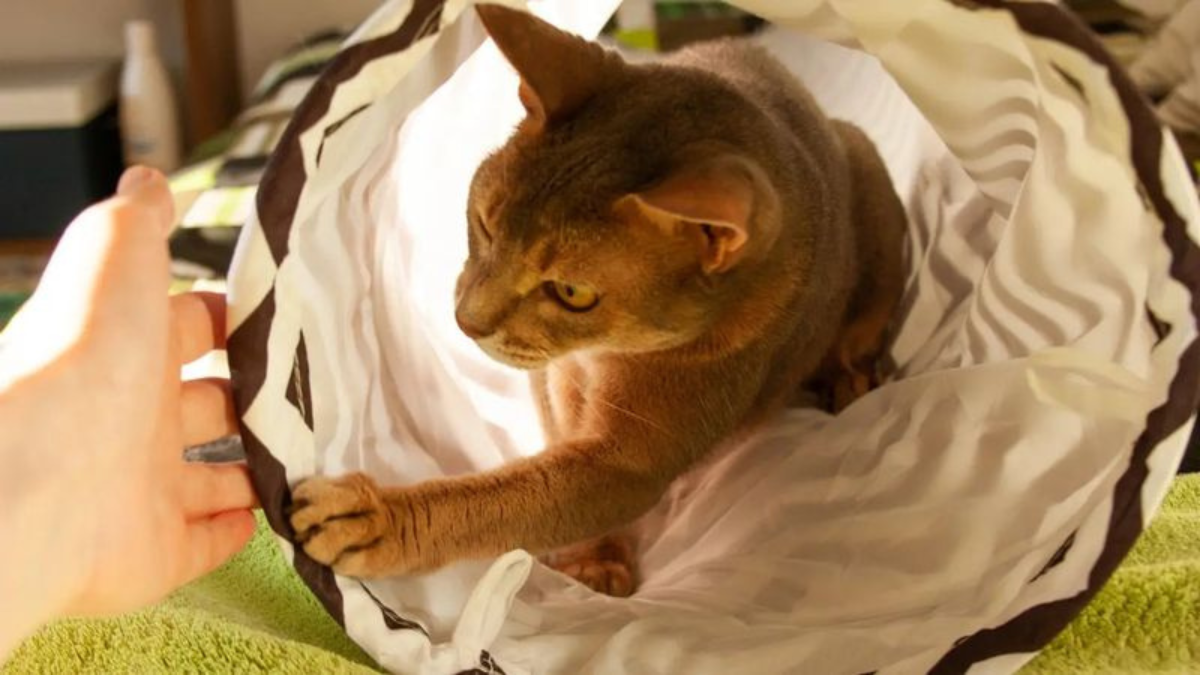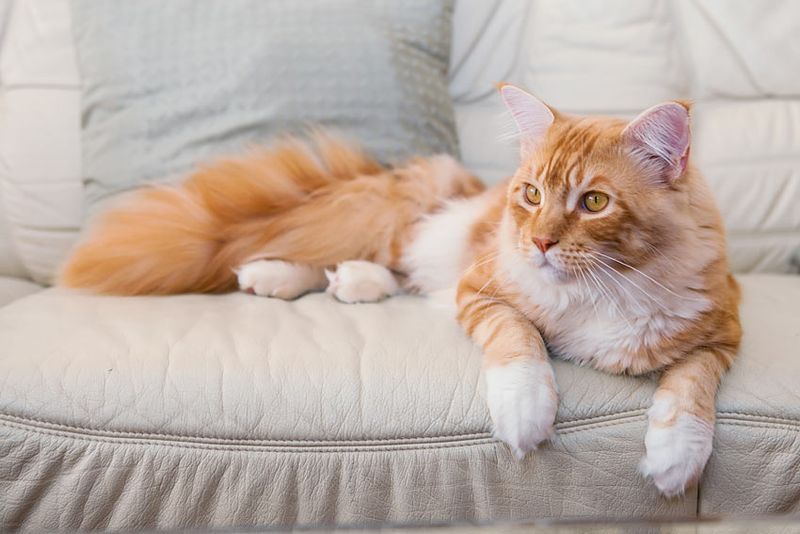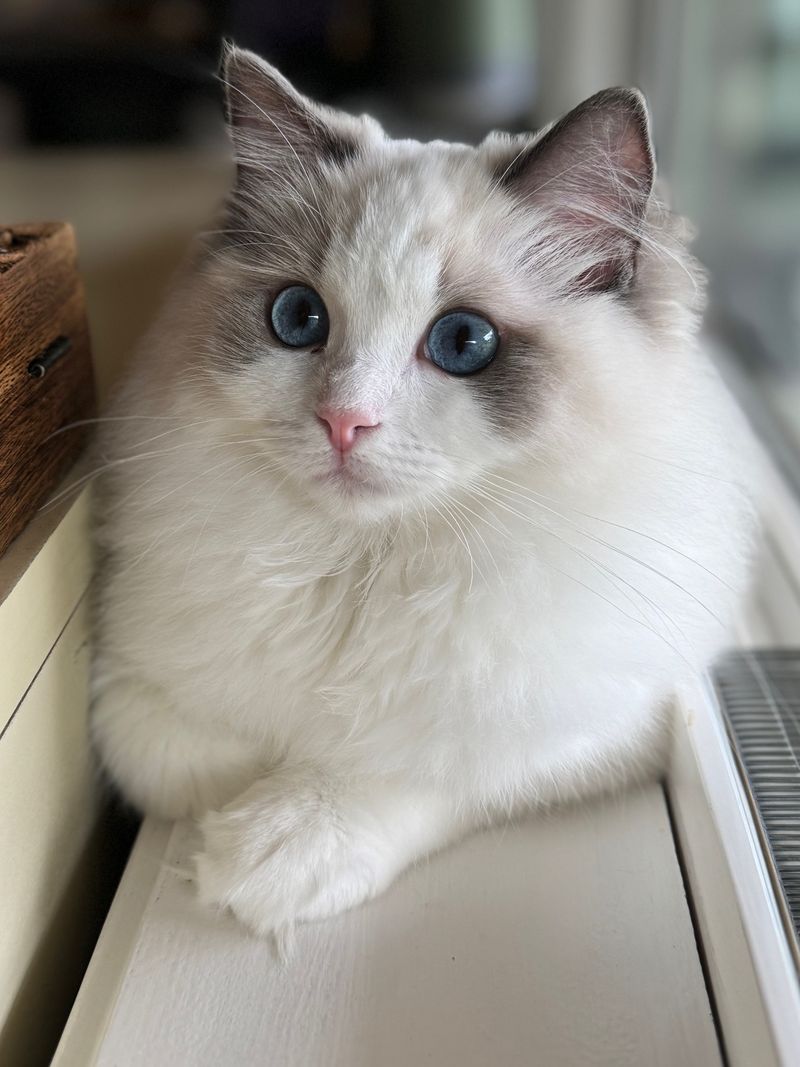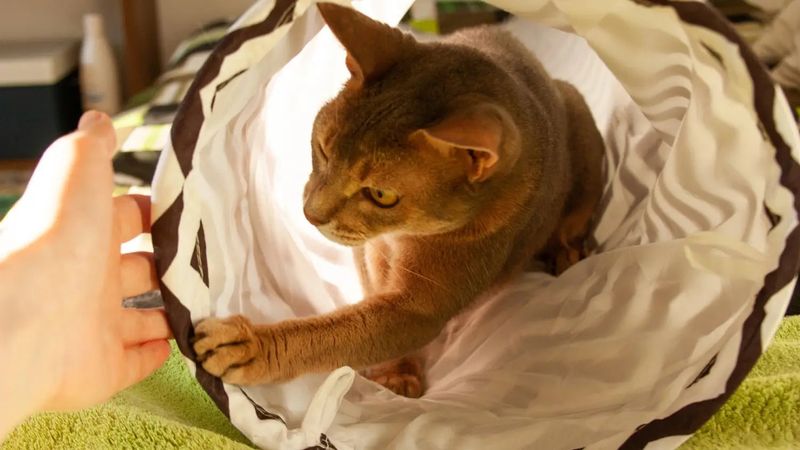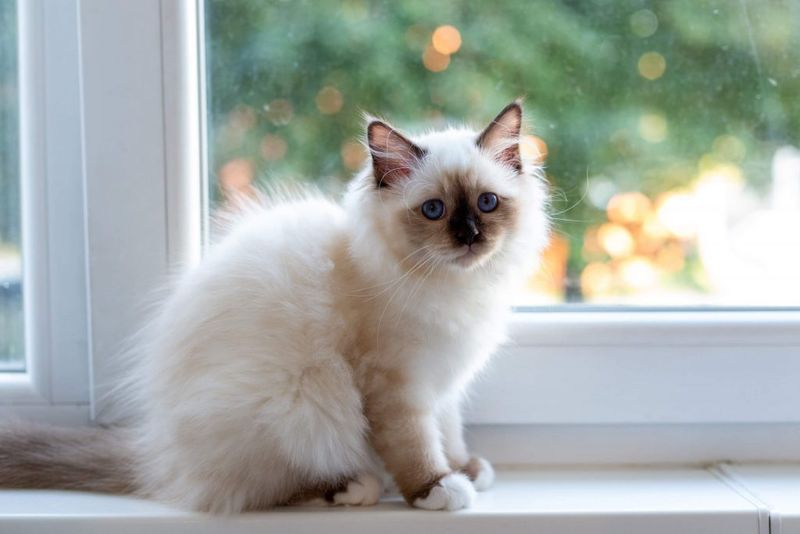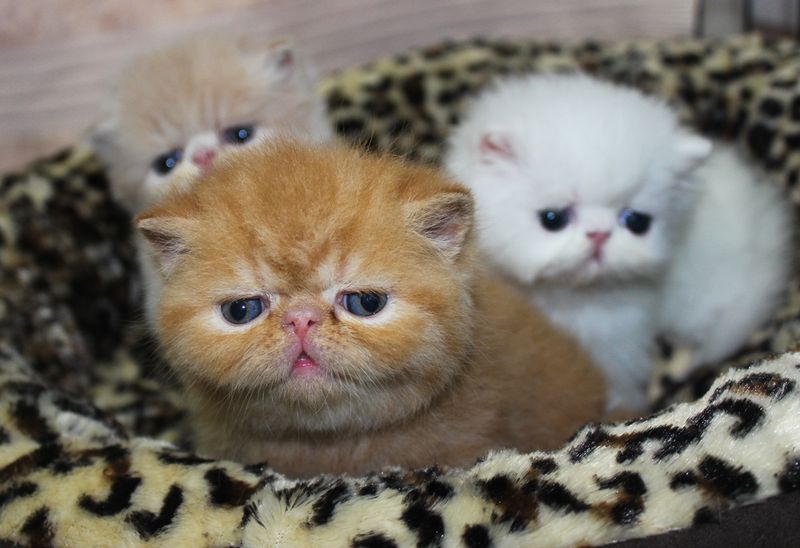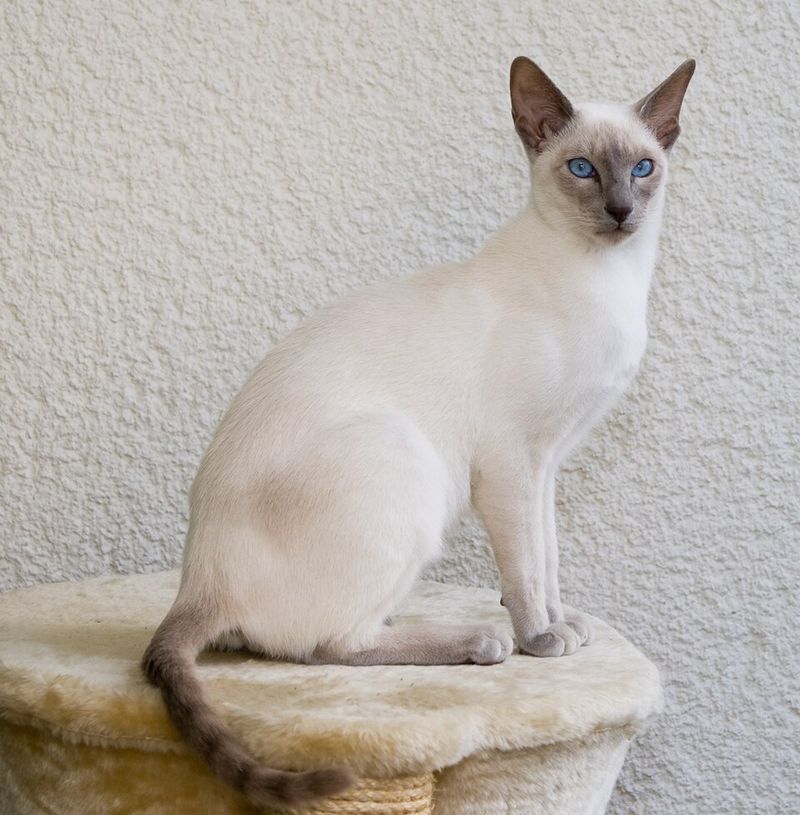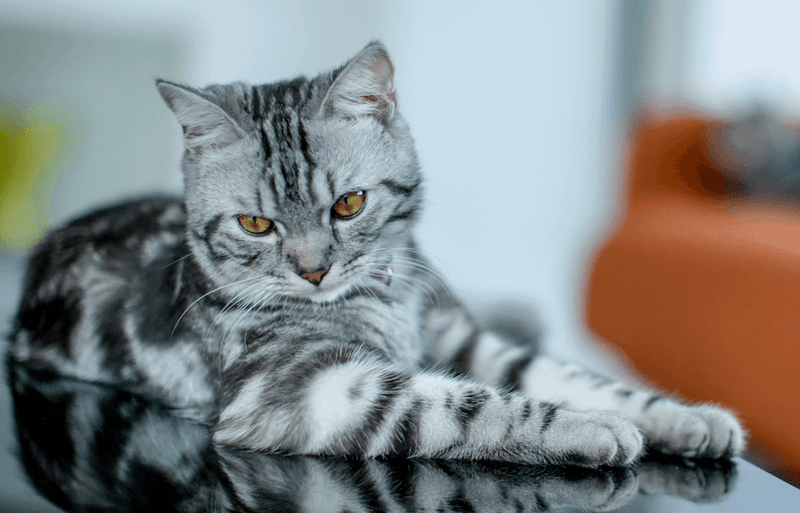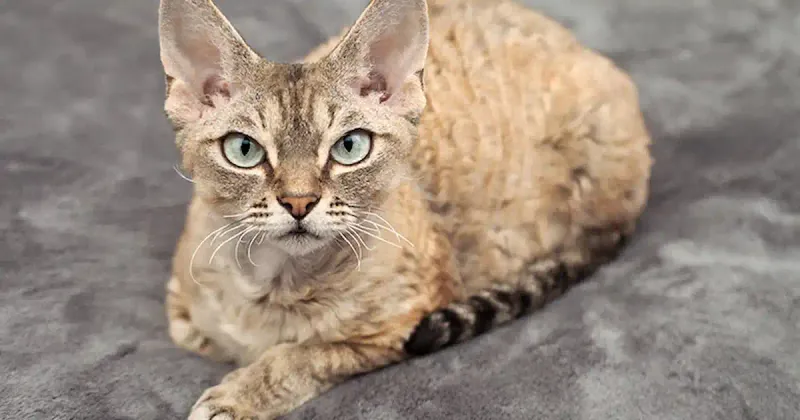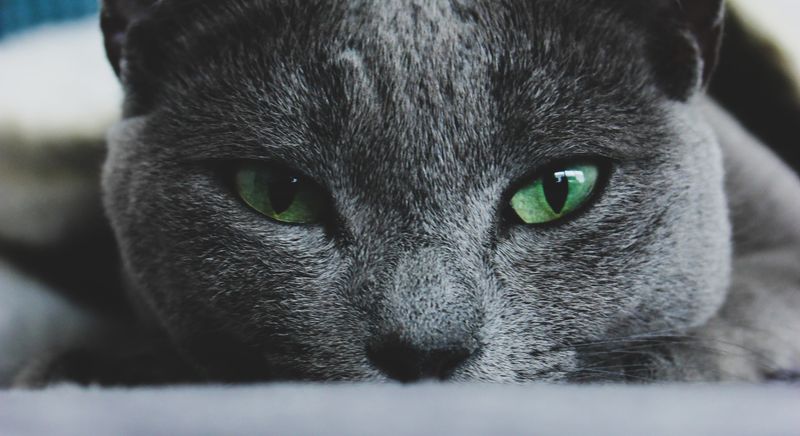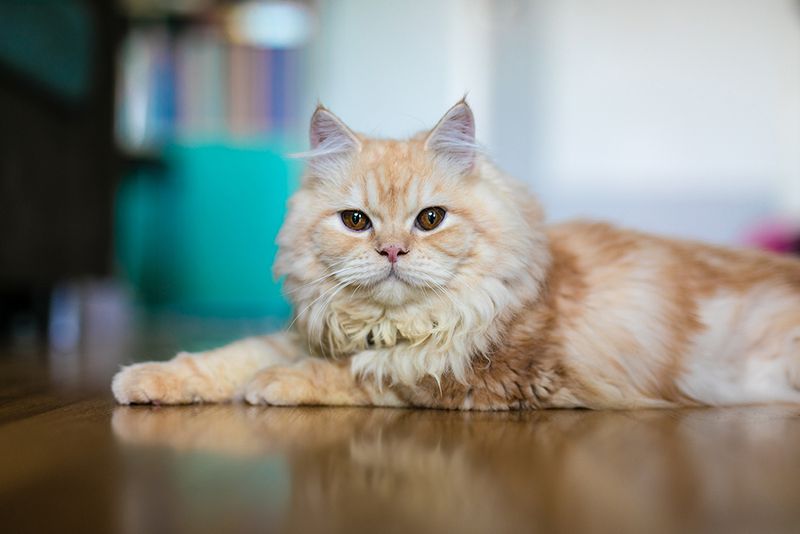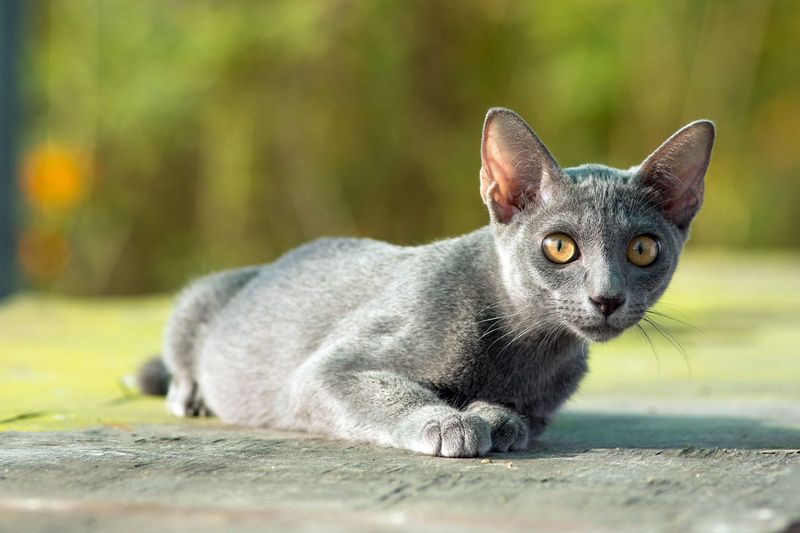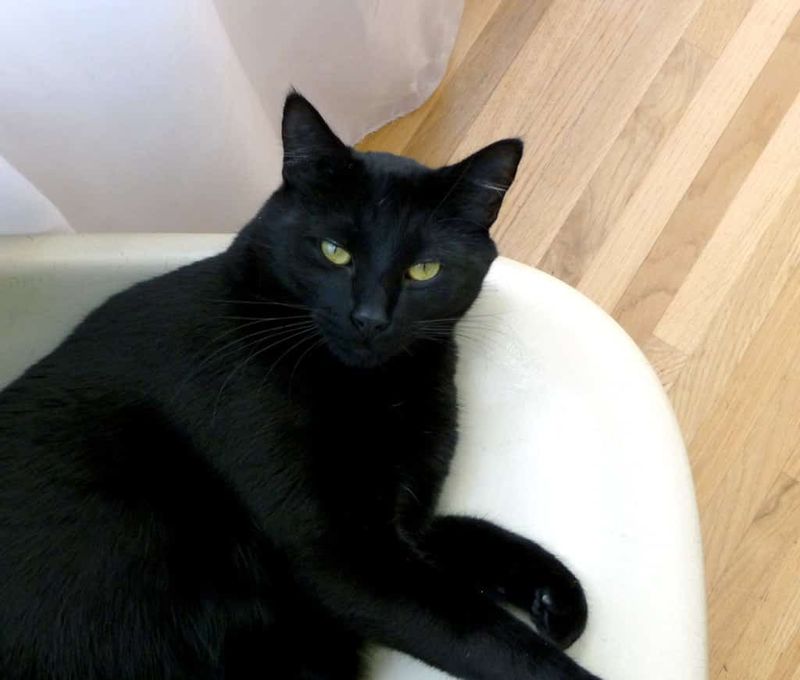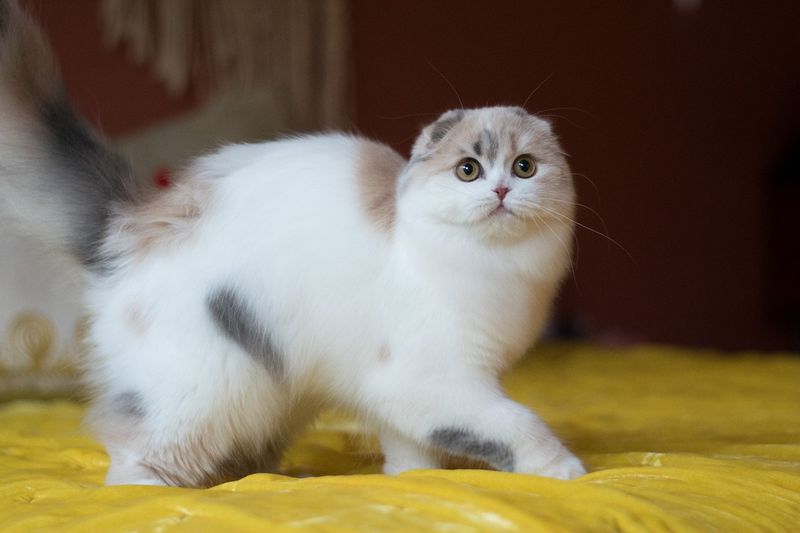📖 Table of Content:
Cats possess a wide range of personalities that reflect their unique backgrounds and breeds. Some thrive in lively homes filled with children and other animals, while others prefer peaceful environments with minimal stimulation. Recognizing these differences helps in selecting a cat that fits well within various household dynamics.
The needs and temperaments of cats vary greatly, influencing how they interact with their human families. Some breeds are naturally social and energetic, enjoying constant engagement. Others tend to be more independent and quiet, seeking companionship on their own terms.
Matching a cat’s personality to a home’s lifestyle enhances the chances of a harmonious relationship. Whether in a bustling family setting or a calm single-person household, choosing the right feline companion is key. Awareness of these traits ensures both cat and owner enjoy a rewarding and lasting bond.
1. Maine Coon
Known as the gentle giants of the cat world, Maine Coons adapt beautifully to family life. Their patient temperament makes them excellent companions for children, often following kids from room to room like furry guardians. Maine Coons don’t mind the noise and activity of a busy household. They’re playful without being overly energetic, striking the perfect balance for family environments.
Despite their large size, these cats are surprisingly gentle in their movements. Many Maine Coon owners report their cats seem to understand the need to be careful around smaller family members, making them trustworthy companions for households of all ages.
2. Ragdoll
Ragdolls earned their name from their tendency to go limp when picked up, making them perfect for gentle handling by children. These blue-eyed beauties are remarkably tolerant and rarely extend their claws during play. Family homes provide the social interaction Ragdolls crave.
They’ll greet family members at the door and follow their favorite humans from room to room, always wanting to be part of the action. Unlike many independent cats, Ragdolls actively seek physical affection. They’ll happily cuddle with family members on the couch during movie night, becoming a central part of family relaxation time rather than hiding away in quiet corners.
3. Abyssinian
Endless energy and playful antics make Abyssinians a lively addition to any family home. Always on the move, they love to climb, jump, and investigate every nook and cranny. Their intelligence and sociable nature make them a favorite among families.
Abyssinians learn tricks quickly and enjoy interactive toys that challenge their problem-solving skills, making them engaging pets for households with older children who can appreciate their clever nature. Despite their high energy, these cats aren’t overly demanding. They balance independence with affection beautifully, enjoying playtime with family members but also content to entertain themselves when everyone is busy with other activities.
4. Birman
Balancing energetic fun with peaceful calmness, Birmans fit well into family homes. Their beautiful silky coats and distinctive color points add to their charm. Their tolerant demeanor means they handle children’s attention with grace and patience.
These social butterflies form strong bonds with multiple family members rather than attaching exclusively to one person. They distribute their affection evenly, preventing the jealousy that can sometimes occur when a pet favors one family member over others.
5. Burmese
These affectionate cats crave interaction, making them a perfect fit for households with plenty of human presence. Their plush coats and strong, compact bodies feel like warm, living toys when they settle on laps. Burmese cats enjoy being involved in family routines, attentively watching kitchen tasks or homework sessions.
Their playful spirit remains throughout their lives. Even senior Burmese cats maintain a kitten-like enthusiasm for games, making them entertaining companions for children who want an active pet that won’t outgrow the desire to play chase or pounce on toy mice.
6. Exotic Shorthair
With their cuddly, round faces and sweet dispositions, Exotic Shorthairs resemble Persians but are easier to care for. Their short, plush coats demand less grooming, requiring just weekly brushing. They fit smoothly into family life, balancing bursts of playfulness with relaxed moments of companionship.
Their quiet, melodious voices won’t disturb household peace. Exotic Shorthairs communicate with soft chirps and purrs rather than loud meows, making them considerate companions in family homes where babies might be napping or where noise levels need to be managed.
7. Siamese
Renowned for their chatter, Siamese cats add a unique voice to family life, communicating clearly and often. Their spirited nature means they weigh in on daily events, becoming fully engaged members of the household. With their athleticism and intelligence, Siamese cats adapt well to active families and enjoy interactive play both inside and outdoors.
Their intelligence creates strong bonds with children who engage them mentally. A Siamese will remember which family member is most likely to play string games or which child sneaks them treats, forming special relationships with each household member based on shared activities and interactions.
8. American Shorthair
With a mix of spirited energy and self-sufficiency, American Shorthairs fit seamlessly into family life. These cats know just when to jump into the fun and when to retreat for some quiet time. Their robust bodies and patient attitudes make them ideal playmates for kids.
Unlike more delicate breeds, American Shorthairs can handle the occasionally clumsy interactions that come with younger family members. Health and longevity add to their appeal as family pets. With proper care, these cats regularly live 15-20 years, allowing children to grow up alongside their feline friends from kindergarten through college graduation, creating deep bonds through years of shared experiences.
9. Sphynx
Sphynx cats challenge the stereotype of aloof felines with their extraordinarily affectionate nature. Their lack of fur means they seek warmth from human bodies, making them natural cuddlers who burrow under blankets with family members. Families enjoy their clownish personalities and acrobatic abilities. Sphynx cats perform entertaining antics that keep households laughing, from comical poses to playful somersaults off furniture.
Their unusual appearance teaches children valuable lessons about looking beyond physical differences. Many Sphynx owners report that their children develop greater empathy and understanding after bonding with these unique-looking cats who give so much love despite looking different from the typical fluffy feline.
10. Devon Rex
Known for their distinctive oversized ears and wavy coats, Devon Rex cats bring a playful, elfin presence to family life. Their lightweight bodies let them ride on shoulders, keeping a close watch on daily happenings. These cats often bond deeply with children and pets alike, commonly cuddling with the family dog or welcoming children as they wake.
Their playful nature continues well into adulthood. Even senior Devon Rex cats maintain their love of interactive games, making them entertaining companions for families seeking a pet that will remain kitten-like in spirit regardless of age.
1. Russian Blue
Preferring calm and regular schedules, Russian Blues are well suited to single-person households with stable routines. Their shy nature means they may withdraw when visitors arrive or when noise levels rise. Single owners often cherish their gentle presence and low-maintenance affection.
These cats express affection subtly through gentle head bumps and quiet purring rather than boisterous displays that would work better in family settings. Their reserved temperament with strangers can be misinterpreted as unfriendliness. Russian Blues typically bond deeply with just one person, showing their true personality only to their chosen human companion while remaining politely distant with others who visit the home.
2. Persian
A peaceful and stable environment suits Persians, who carry themselves with dignified grace. The hustle and bustle of busy family homes may stress these gentle cats. For this reason, they are often happiest in calm households with one primary caretaker.
Their extensive grooming needs demand dedicated attention. Single owners can more easily establish the daily brushing routine necessary to prevent painful mats in their long, luxurious coats without competing priorities of a busy family household. Low energy levels match well with solo owners seeking peaceful companionship. Persians prefer gentle lap time to active play, making them ideal for single adults who want a decorative, affectionate companion rather than an interactive playmate for children.
3. Korat
Korats form intensely loyal bonds with their primary caregiver, often following their chosen person exclusively. Their attachment can manifest as jealousy when attention is divided among multiple family members, making single-owner homes ideal. These silver-blue cats thrive on routine and predictability.
Single owners provide the consistent environment Korats crave without the chaos that can come with multiple household members maintaining different schedules. Despite their small size, Korats have strong personalities and definite opinions. They communicate specific preferences about everything from feeding times to sleeping arrangements, creating a close partnership with their solo human that resembles a marriage more than typical pet ownership.
4. Bombay
Sleek and panther-like, Bombay cats often channel their affection toward a single household member, leaving others largely unnoticed. Their personality is surprisingly clingy, thriving on dedicated, one-on-one time. This focused attachment defines their relationships with humans.
Solo owners appreciate their constant companionship. Bombays follow their humans everywhere, including bathrooms, providing running commentary in their distinctive voices on everything their person does. Their intelligence needs dedicated mental stimulation. Single owners can better provide the focused training sessions these cats enjoy, teaching them tricks and providing puzzle toys that might be overlooked in busier households where multiple pets compete for attention and resources.
5. Scottish Fold
Deep attachment to a primary person makes Scottish Folds better suited for single-owner households. Their trademark folded ears give them an expressive, concerned appearance, reflecting their gentle and sometimes nervous nature. They prefer calm, predictable environments over crowded or chaotic ones.
Quiet-voiced and gentle, these cats communicate mainly through subtle body language. Solo owners become experts at reading their particular cat’s signals, creating a special language between human and pet that might be missed in busier households. Their moderate activity level suits adult-only environments. Scottish Folds enjoy interactive play but don’t require the high-energy engagement that more family-oriented breeds thrive on, making them perfect companions for single adults with moderate lifestyles.
